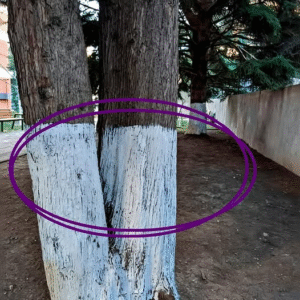
Why the Name?
The term “Witch Window” stirs up curiosity. Folklore claims witches can’t fly through diagonal spaces, so a tilted window would keep them out. Of course, that’s just a fun tale—not a serious belief.
In truth, locals coined the nickname because of the windows’ unusual appearance and the legends attached to them.
How They’re Built
Typically found on older New England farmhouses, Witch Windows are double-hung and tilted at a 45-degree angle. The window’s long edge runs parallel to the sloped roof of both stories on the gable end. This smart placement preserves light on the upper floor while accommodating the new addition.
More Than Just Practical
Witch Windows started as a practical fix, but over time, they became a hallmark of regional charm. They add a whimsical, offbeat touch to otherwise traditional homes.
Today, they stand out as a symbol of New England creativity and architectural heritage.
A Symbol of Ingenuity
These windows now fascinate tourists and locals alike. They reflect the resourcefulness of early homeowners—people who solved design problems with imagination rather than demolition.
So next time you spot a tilted window on a farmhouse in New England, remember: it’s not about warding off witches. It’s about clever design, local folklore, and making the most of every inch of space.





